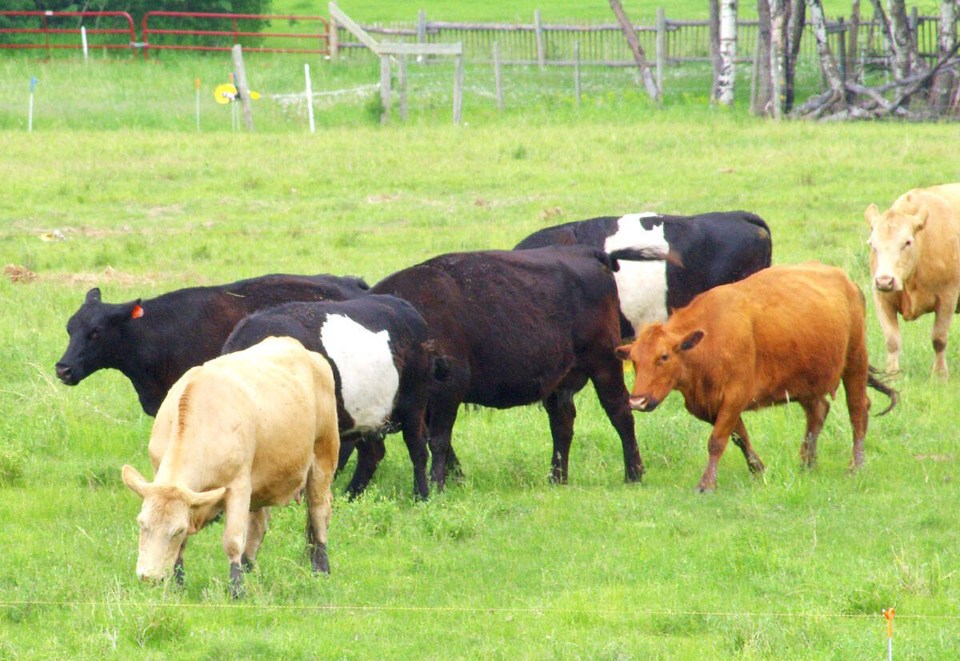WESTERN PRODUCER — Administrators of the Advance Payments Program say Ottawa should stop treating farmers as if they are going to default on repayments.
They said the application process should be streamlined and the program made simpler and more consistent.
Dave Gallant, vice-president of finance and APP operations at the Canadian Canola Growers Association, said the CCGA administers about $2.5 billion in advances each year on behalf of the federal government.
Yet the CCGA is required to treat every farmer the same each time, regardless of whether they’ve applied for and repaid advances before or are new clients.
He said the first change the government could make is to improve credit worthiness requirements and make it easier for long-time applicants. The current process adds cost and delays, he said.
“The government needs to reverse those policies, which are actually negatively impacting farmers in their use of the program, and they need to streamline the administrative process,” Gallant told the Canadian Federation of Agriculture policy summit.
“They need to trust farmers that when they’re delivering grain they’re making the payments … as opposed to treating them as though they’re breaking the rules and not using the system the way it’s intended.”
He said the APP was originally designed in 1957 when western farmers were required to use the Canadian Wheat Board. It was supposed to be used to help farmers market their inventory.
Later, commodities such as pork and beef were added to the program, but in a clumsy manner.
“Our livestock producers have more work to do than our grain and oilseeds producers, and we’ve pointed that out to the department many times. It has fallen on deaf ears,” Gallant said.
Scott Clark, vice-president of marketing and communications at Agricultural Credit Corp., said his applicants want changes.
“I think the two words that come to mind are simplicity and flexibility,” he said.
He said administrators have done a great job of streamlining as much as possible, but Agriculture Canada could build that in from the start.
Clark said farmers would like to be able to access the money at different times, such as later in the year to take advantage of input discounts from suppliers.
Donald Kilorn, executive director of the Prince Edward Island Federation of Agriculture, said he’d like more farmers to use the program.
All three agreed participation would increase if changes were made. Gallant said one in four grain and oilseed farmers in Western Canada uses it and less than one in 10 livestock producers.
Gallant said the credit worthiness requirement is his main concern. He said CCGA has proven to the government, using the government’s own numbers, that farmers who have participated for several years and not defaulted have a 0.1 per cent chance of doing so.
Larger advances of more than $400,000 also require extra administrative steps, even though the larger advances are lower risk than smaller ones, he said.
He said government should also look at some policy changes it has made over the years.
“They made it less attractive for the transition of farms to young farmers through changes they made with crop insurance. They made it less attractive for husbands and wives to use this program because they now treat them as one entity, regardless of how they operate,” Gallant said.
“And lastly, there is the bureaucracy around this program. Every farmer is treated as though they are going to break the rules.”
According to the CCGA, the average advance before 2019, when the APP became a million-dollar program, was $103,000. The minister changed the interest-free limit five of the last seven years, and as a result, the average changed.
“When the interest-free (limit) is $250,000, the average advance is $190,000 in Canada,” Gallant said.
“When the interest-free jumped to $350,000, that average advance jumped to $214,000. That’s how farmers are using this program today.
“It’s more about getting cost recovery as opposed to helping with marketing.”
Kilorn said the APP is not a marketing tool for practical purposes.
“It’s a way to get the bills paid while you’re waiting to sell the crop,” he said.
“There’s an evolution here.”
Clark added that changing the interest-free limit right before it begins or even during the application process is not helpful to farmers because they plan well ahead. The amount automatically resets to $100,000 each year, and then it’s up to the minister to change it.
“$100,000 was a nice number maybe 15 years ago, 10 years ago. It’s not enough now,” he said.
The CFA has advocated for a higher interest-free portion.
President Keith Currie said the size of operations today dictates a higher interest-free amount. However, he said he also understands it’s costly for the government, so it’s important to find the right balance.
“If we can’t get the permanent increases that we’re seeking, can we get these different types of changes within the program that might help alleviate some of the lack of increase in the interest-free funding,” he said.
Raising the overall amount that can be borrowed is one option, but he said people are leery of taking on more debt.
Currie said the program does need to change with regard to livestock producers. He said rather than redesign the program when it added livestock, the government just tried to make a square peg fit into a round hole.
There are also supply managed farms who may be growing feed or crops that don’t qualify.
Asked if the APP should be included in the business risk management suite, Currie said he hadn’t thought about that but it could be investigated.
About the author
Related Coverage
British Columbia farmers to receive increased AgriStability supports
AgriStability changes coming for 2025, 2026
Agriculture ministers agree to AgriStability changes
Business risk management on ministers’ agenda
Saskatchewan allows diversion of low-yield crops to livestock feed



